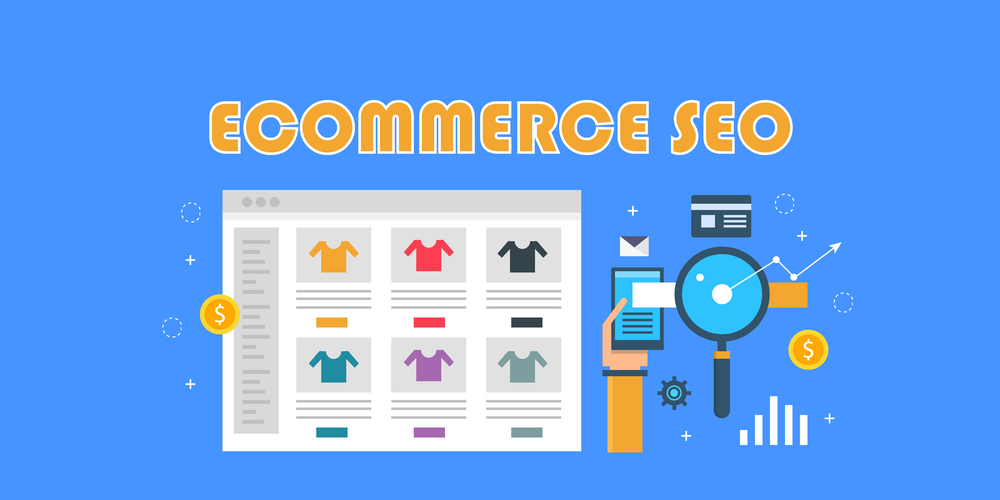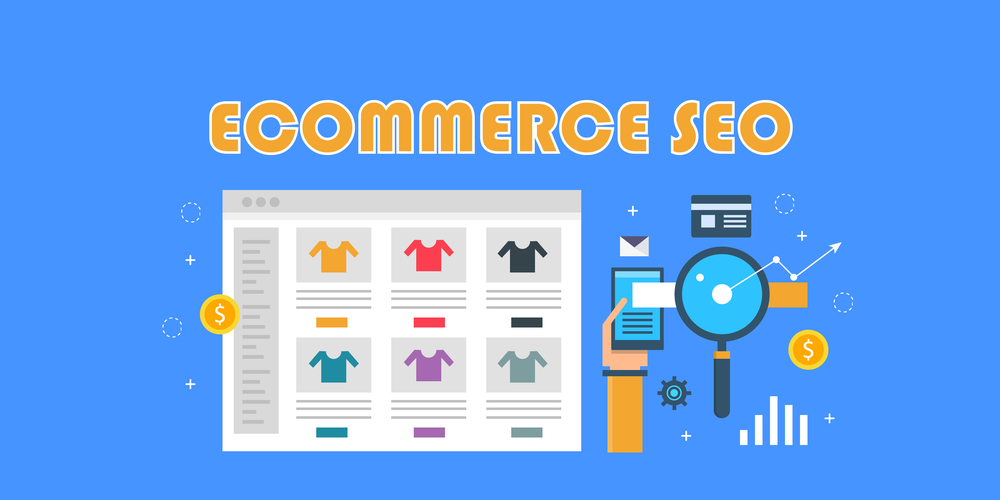
Do you run an eCommerce website or want to start one? If you have some knowledge of eCommerce SEO best practices for attracting more traffic, you won't have to pay as much for ads, or rely so much on social media marketing. Instead, you can focus more time on other tasks to help your business grow.
Read on to learn about some ways to improve SEO on your eCommerce site.
1. Research Your Competition
Before you start to optimize your eCommerce store, look at your biggest competition. Visit their website to see how their product and category pages look. SEO tools like SEMrush and Moz can be extremely helpful here when analyzing traffic and keyword data of your competitors.
As you research the competition, you can start to see what’s working (or not working) for them. From there, you’ll learn what the best target keywords are for you to use, or what you can do to write better product descriptions. That way, you'll improve your chances of ranking higher than other stores.
2. Consider Keywords
Another of the most crucial eCommerce SEO best practices is to do keyword research. To research keywords, you need to think like your buyer personas and figure out what keywords and phrases they'd likely use in Google searches to find your product.
Most keyword tools will tell you how much search traffic a particular term gets per month. The tool can also tell you how difficult it is to rank for that keyword in search results. Use that information to choose a short or long-tail keyword for each product page and use that keyword in your title tags, product descriptions, and image alt text.
3. Start with One Product
As you start to optimize your eCommerce website, focus your energy on one product page initially -- ideally your signature product or most popular item. After going through the entire process of researching keywords to add to the page, you can replicate the process with your other products and product categories.
4. Don't Ignore Your Homepage
When optimizing various pages on your site, it can be easy to forget about the homepage. However, the homepage is almost always the most frequently visited page of your site and offers another way to get into the top search results. After performing keyword research to identify a primary keyword associated with a particular product, incorporate that keyword in your title tags and the meta description. You should also write copy for the homepage to tell customers about your online store.
Your homepage is also a great place to add more information about your store, as well as internal links to your product pages. Internal links can tell search engines about your website and its structure, and they can help customers find your products, which may increase your sales.
5. Write For Your Customers
When writing for the pages on your site, keep your customers in mind. If you write too much like a robot, customers might not enjoy reading the content. They can click out of your site, which can increase your bounce rate and hurt your SEO. Think about what you'd want to know before buying your product. Your text should be easy on the eyes, so consider:
- Keeping paragraphs short
- Using bulleted lists
- Choosing an easy-to-read font and font size
Write in a way that will help sell your products without sounding too salesy or overwhelming your customers. Using white space makes it easy for people to scan the page and decide if they want to buy the product.
6. Make the Design Easy
You should also think about how you design your online store. A successful eCommerce website will look good and be easy for shoppers to use. Shoppers should be able to find the products they want to buy without too many clicks, and definitely don’t hide the shopping cart/checkout page.
Don't forget about responsive design for the mobile version of your website. As more people are using their mobile devices to browse and shop online than ever before, having a responsive site can vastly improve the user experience, leading to more sales and a higher conversion rate.
7. Use a Variety of Images
Your product images also play a role in eCommerce SEO. Of course, you need high-quality photos of your products from different angles, but one of the best SEO tips is to optimize those images. How to do that?
When you add an image to your site, edit the alt text to include a brief description of the product photo. Be sure to include the target keyword in that alt text, just like you would in the product title or meta description. This tells search engines about the photo and could help your product show up in image searches.
8. Implement Redirects
Another one of the best SEO tips applies to broken links. If you move content to a new page, change the link structure, or let a product link expire, that will lead to a broken link.
You can use a 301 redirect to send people to the correct page. Visitors will find the product they’re looking for, search engines will show the correct page in search results and, best of all, you won’t get dinged for a 404 error.
9. Get Backlinks
A backlink is a link from a different website back to your online store and it's crucial for off-page SEO. If you can get backlinks from reputable sites within your niche, that will tell Google and other search engines that your site, your content and your products are trustworthy, reputable and of good quality.
There are several ways to go about a backlink campaign, but the most popular is to contribute content like a blog post to the other site. This allows you to share more information about your company as well as your product. (Just be sure to include a link to your product(s) within the blog so that readers can actually buy it!)
How to Make the Most of These eCommerce SEO Best Practices?
With a little competitive analysis, keyword research and proper design techniques, you’ll greatly increase the odds of helping potential customers discover your online store. Top that off by optimizing your images, writing product descriptions that are actually descriptive, and building up a strong network of backlinks. Soon enough, conversion rates will be through the roof and you’ll have more customers than you’ll know what to do with.
If you’d like to learn more about how you can begin optimizing your eCommerce store’s SEO, get in touch with Sparkinator today. Our team of passionate inbound digital marketing experts will walk through your questions and concerns so that you can begin to leverage your marketing dollars more effectively.




.png?width=1625&name=logo%20(1).png)